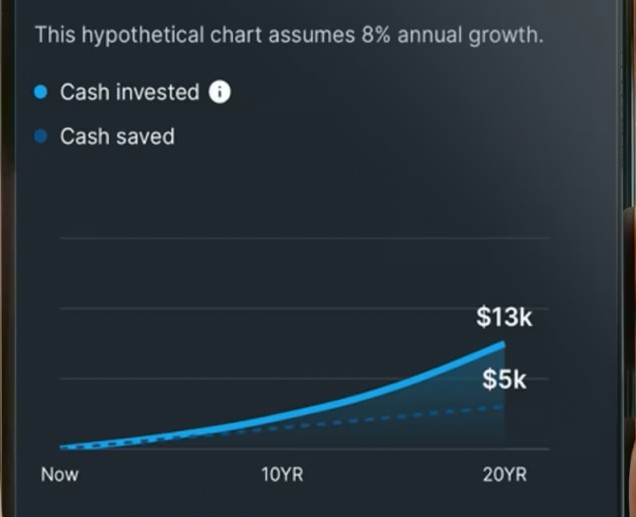Freelancing offers incredible freedom—but with that freedom comes the responsibility of managing your own taxes. If you’re self-employed, chances are you’ve heard of “Quarterly Estimated Taxes.” But what are they? Why do they matter? And how can you master them to avoid penalties and keep your finances in order?
This guide answers those questions and more, tailored for freelancers in the USA navigating their 2025 tax obligations. Whether you’re just starting or a seasoned gig worker, understanding quarterly estimated taxes can save you stress, money, and surprises during tax season.
What Are Quarterly Estimated Taxes?
Quarterly estimated taxes are advance payments toward your annual federal income tax. Unlike traditional employees who have taxes withheld by their employers, freelancers and self-employed individuals must set aside and pay taxes themselves throughout the year.
According to the IRS, you must pay estimated taxes if you expect to owe $1,000 or more in federal taxes when you file your return. These payments are typically due on:
- April 15
- June 15
- September 15
- January 15 (of the following year)
Missing these deadlines can lead to penalties and interest. So it’s essential to understand what you owe and when.
Want to stay on track? Check out our 52-Week Savings Challenge to help automate your savings—including for taxes.
Why Freelancers Must Pay Quarterly Estimated Taxes
As a freelancer, you’re essentially running a small business. The IRS sees you as both employer and employee, which means you’re responsible for:
- Federal income tax
- Self-employment tax (Social Security and Medicare)
- State and local taxes (depending on where you live)
If you skip estimated payments, you might end up with a big bill at the end of the year—and possible IRS penalties.
Avoiding this common trap starts with understanding how much you owe.
How to Calculate Your Quarterly Estimated Taxes
- Estimate Your Income
- Use last year’s income as a guide.
- Adjust for any growth or slowdown in your freelance work.
- Deduct Business Expenses
- Common deductions include:
- Home office
- Internet & phone
- Office supplies
- Mileage & travel
- Software subscriptions
- Health insurance (if self-employed)
Learn more about smart budgeting and deductions in our frugal living tips guide.
- Common deductions include:
- Apply the Right Tax Rate
- Use IRS tax brackets to estimate federal tax.
- Add 15.3% for self-employment tax.
- Divide By Four
- Take your total estimated tax for the year and divide it into four payments.
Need help? The IRS Form 1040-ES offers worksheets and payment vouchers to guide you.
Tracking Your Income and Expenses
To make accurate payments, you need to keep excellent records. Here’s how:
- Use accounting software: QuickBooks, FreshBooks, Wave
- Apps for budgeting: 7 Smart Budgeting Apps Americans Swear By
- Maintain spreadsheets: Use Google Sheets or Excel for simple tracking
Tip: If you’re living paycheck to paycheck, see our budgeting guide for beginners.
How to Pay Your Quarterly Taxes
There are three main ways to pay:
1. Online via IRS Direct Pay or EFTPS
- IRS Direct Pay (no registration)
- EFTPS (requires enrollment but offers tracking)
2. By Mail
- Include your check and Form 1040-ES voucher
3. Through Your Tax Software or Accountant
- Many platforms let you submit directly
If you’re unsure which to use, we recommend IRS Direct Pay for its simplicity.
Adjusting Your Payments Throughout the Year
Freelance income fluctuates. That’s why you should:
- Reassess income every quarter
- Recalculate your tax liability if things change
- Adjust your payment using the latest version of Form 1040-ES
If your earnings go up, increase your next payments. If they go down, adjust downward to avoid overpaying.
Common Deductions for Freelancers
Take advantage of the following deductions:
- Home Office Deduction
- Health Insurance Premiums
- Startup Costs
- Business Mileage
- Professional Services (accountants, legal help)
Want to improve your monthly savings? Read our expert post on How Much Should You Save Each Month?
Tips to Stay Organized and Avoid Mistakes
Here are some tax-saving and organization tips for freelancers:
- Automate payments where possible
- Save at least 25-30% of your income for taxes
- Keep digital copies of receipts and invoices
- Set calendar reminders for all tax deadlines
- Use a dedicated business account to separate personal and freelance income
For extra help on staying organized, our Millennial-Friendly Digital Planner is a perfect companion.
Mistakes to Avoid
Here are some costly tax mistakes freelancers often make:
- Missing deadlines
- Not tracking income properly
- Overlooking deductions
- Underestimating taxes
- Paying late
Tip: Download a free IRS tax calendar or use a planner to stay organized.
External Tools and Professional Help
Consider using:
- TurboTax Self-Employed
- H&R Block Self-Employed
- QuickBooks Self-Employed
Or hire a CPA specializing in freelance taxes. Referrals and online reviews can help you find someone reliable.
Helpful Internal Resources from BudgetWiseHub
- Zero-Based Budgeting Guide
- Affordable U.S. Cities in 2025
- Debt Snowball vs. Avalanche
- Emergency Fund 2025
- Cost of Living Comparison
- Budget Grocery Shopping
Final Thoughts: Stay Ahead of the IRS
Quarterly estimated taxes might sound intimidating, but with the right preparation, you can turn tax time from a nightmare into a routine task. Track your income, plan ahead, and use the resources at your disposal. Whether you DIY your taxes or hire help, the key is consistency.
Get a head start today—mark those quarterly deadlines, set up payment reminders, and make tax planning part of your freelance business success.
Need a visual guide? Download our free Quarterly Tax Tracker PDF and take control of your freelance finances now.












